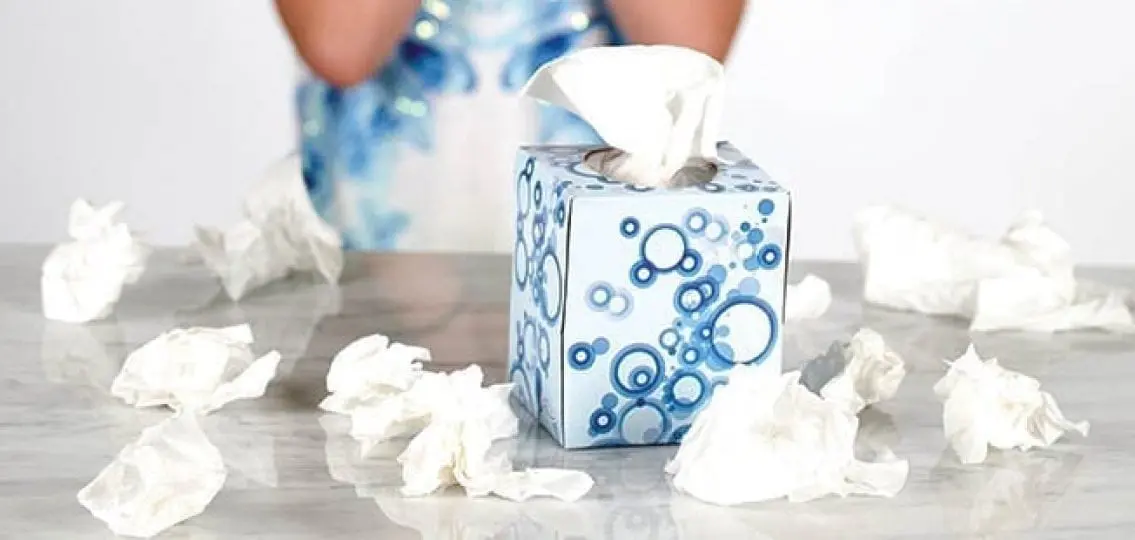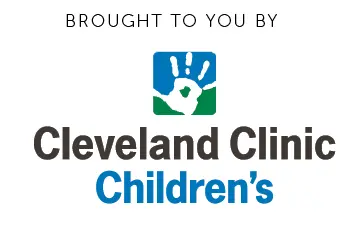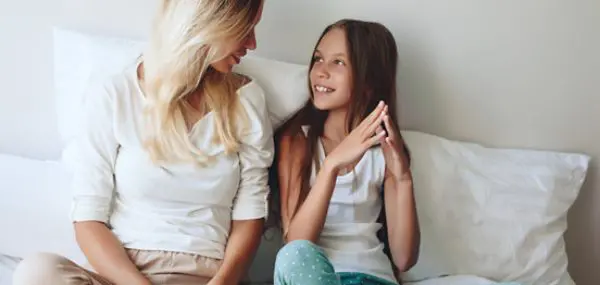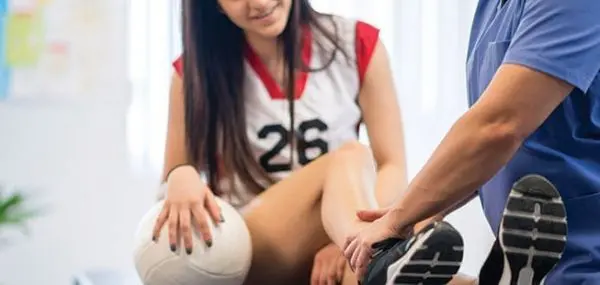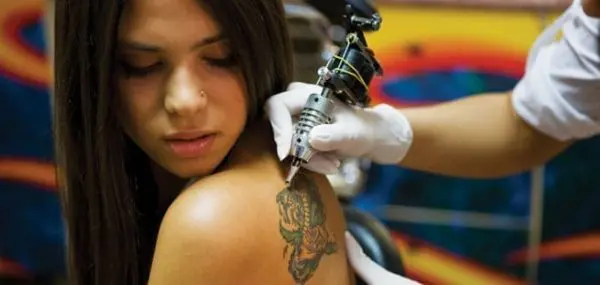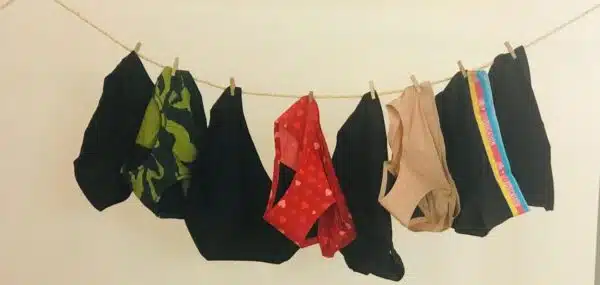Got seasonal allergies? Stuffy nose and itchy red eyes? Hay fever making your adolescent miserable? Your Teen asked Dr. Roxana Siles, allergist and immunologist with Cleveland Clinic, for advice on how to treat teenagers with seasonal allergies.
Q: When do allergies develop in teens?
Siles: Some children will have symptoms at an early age, but we generally see that the prevalence of seasonal allergies in children increases over time and peaks in early adulthood. Some children will start showing signs and symptoms of seasonal allergies as young as two to three years of age.
Q: Which seasonal allergies are most common?
Siles: What we see very frequently are environmental allergies to allergens such as mold, dust, and pet dander, as well as outdoor allergens such as tree and grass pollen in the spring, and weeds and ragweed in the fall.
Q: What’s the difference between colds, flu, and allergies? How do you know?
Siles: The first clue for distinguishing a cold from allergies is that allergies tend to itch. You may have congestion, a runny nose, coughing, but if you also notice an itchy nose or red itchy eyes, that’s a clue. With a viral infection like the flu, you will have an overall feeling of being unwell, with symptoms such as a fever, chills, sore throat, body aches, and fatigue. You’ll feel better in 7 to 10 days. With allergies, that congestion or runny nose will persist and intensify with weather changes or at specific times of the year. If your stuffiness or runny nose persists for a few weeks, then we may try to determine if there are allergies.
Q: How do you diagnose seasonal allergies?
Siles: The most effective way to diagnose your specific allergies is with skin testing. It’s quick and painless, and helps us determine the exact allergens to which a patient reacts. We place drops of liquid containing specific allergens onto the skin, then scratch the skin with an instrument and wait to observe signs of an allergic reaction such as redness or raised, localized, itchy bumps. There are also blood tests that measure antibody levels to a specific allergen, but blood tests are not as sensitive as skin testing and don’t always catch every allergy.
Q: What is the first step for treating pollen allergies?
Siles: The first step is avoidance. You can’t live in a bubble and avoid the outdoors entirely, but you can be prepared and plan ahead. Keep track of pollen counts in your area, and limit the time spent outside during high-pollen days. Keep your home environment allergen-free, and keep your windows closed. Air conditioning can effectively clean the air and decrease pollen and mold spore counts. Change your clothes and wash up when you come indoors.
Q: What if your beloved pet is a problem?
Siles: When there is a pet in the home, not only do they produce dander, but pets also can bring in pollens from the outdoors. You can make a big difference by removing the pet from the home. If a family doesn’t want to do that, then isolate the pet to one area of the home and limit access to your bedroom. Use high-efficiency air purifiers. Vacuum with HEPA filters. Wash your pet frequently. And remember: there is no such thing as a hypoallergenic dog. Shedding isn’t the problem; it’s the dander, which all dogs produce. Some breeds may produce more dander than others, but every dog has dander and the potential to cause allergy problems.
Q: So avoidance is the first step. What is the second step?
Q: Are there different treatments for a stuffy nose?
Siles: For nasal stuffiness, antihistamines will not give you symptom relief. The best way to treat stuffiness is with steroid nasal sprays. These are also available over the counter now as Flonase (fluticasone), Nasacort (triamcinolone), and Rhinocort (budesonide). Again, patients should try each one and see which medication is most effective for them. When these sprays are used consistently on a daily basis with the proper techniques, they are very effective in reducing and preventing inflammation that produces that stuffiness and congestion.
One nasal spray we do not recommend for allergy patients is Afrin, which presents a risk of becoming addictive if used for more than 2-3 days. It’s one thing if you have a cold and use Afrin for relief for a few days, but allergy patients with persistent symptoms should use an intranasal steroid spray. There are other classes of medications available by prescription only that can be very effective if these over-the-counter medicines aren’t giving you relief.
Q: If a patient tries medication but is still miserable, what’s next?
Siles: If a patient is avoiding exposure, using medications, and still not getting much relief, we may recommend immunotherapy. This is a way to train the body to respond differently to the allergen so when you are exposed, you won’t have the same level of symptoms. We can do this in two ways: shots or oral therapy.
Oral, or sublingual therapy, is fairly new. Tablets are given under the tongue. It can be done at home, and right now is available only for two specific allergens: grass pollen and ragweed pollen. The FDA has approved ragweed therapy for patients over 18, and grass pollen as early as age five. Studies are currently underway for FDA approval of other allergens as well. Most allergy patients have multiple allergies so this treatment won’t eliminate all of them, but can help to alleviate some discomfort if, for example, you’re absolutely miserable at a certain time of year.
Q: Are shots more effective?
Siles: Shots are the most effective treatment to relieve or minimize symptoms altogether. We introduce the body to the allergen itself in very small amounts via injections so that the body learns to tolerate that allergen. We start with weekly incremental doses of an allergen. It takes between six and 12 months to reach the optimal dose of immunotherapy. After that, we continue monthly doses for three to five years. Shots are a big time commitment, and like sublingual immunotherapy, they’re not for everybody due to risk of allergic reaction. Some patients who had allergy shots or sublingual immunotherapy may still require occasional additional medications.
Q: What can parents do if their teen doesn’t always take their medicine?
Siles: Allergies can really impact your quality of life. The discomfort from allergies can cause teens to miss school or sports or just feel miserable. Parents can tell teens this: if you don’t take care of your allergies, you’re gonna feel it. If you want to feel better, you have to use your medications consistently. I especially worry when allergies start affecting asthma. I don’t want to see teens end up in the emergency department because of an asthma attack. It’s a team effort — the patient, parents, and allergist all play a part. With a little planning, a good treatment plan, and consistent use of medication, most teens can manage their allergies very effectively and independently.
